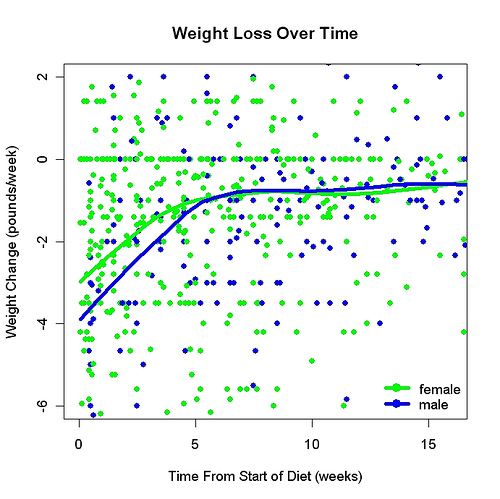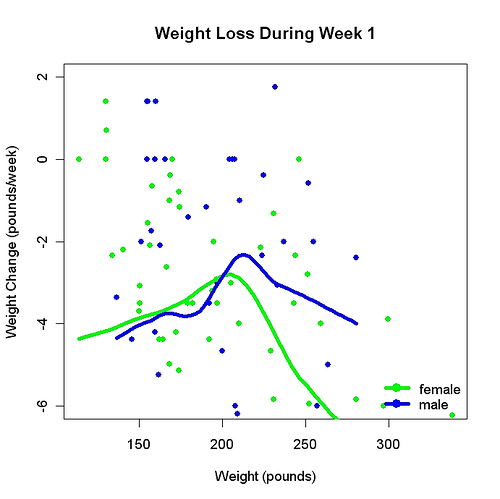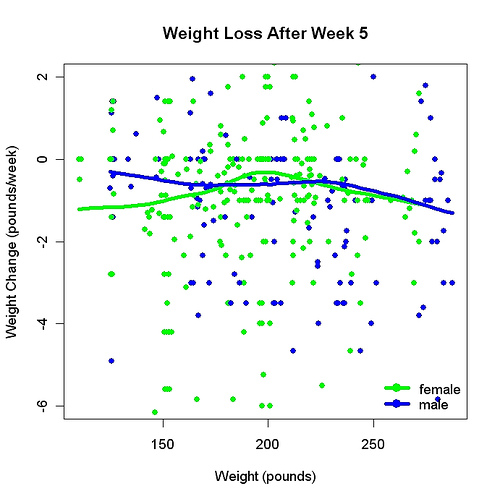Here is Aaron Swartz on Wikipedia:
When you put it all together, the story becomes clear: an outsider makes one edit to add a chunk of information [to a Wikipedia entry], then insiders make several edits tweaking and reformatting it. In addition, insiders rack up thousands of edits doing things like changing the name of a category across the entire site — the kind of thing only insiders deeply care about. As a result, insiders account for the vast majority of the edits. But it’s the outsiders who provide nearly all of the content.
(Correcting Wikipedia’s founder, by the way.) When I visited my editor, Marian Lizzi, at Penguin, I realized that book publishing is exactly the same: Outsiders write the books, insiders edit them.
The curious thing about book publishing is similar to what Swartz noticed in a different realm: The content, the crucial stuff, is entirely from amateurs. No other industry, with the possible exception of craft shows, is like this. If I run a deli, I buy supplies and food from people who make their living selling supplies and food. If I make clothes, I buy my cloth from professional cloth makers. If I make cheese, my milk comes from professional farmers. Only book publishers endlessly deal with amateurs.



